A season of mist and mellow fruitfulness
The swallows have departed and the wayside flowers have faded. The leaves are turning and gleaming berries drip from the bending sprigs and thorny stems of our broad hedgerows.
Dogwood, usually mundane, now the leaves are a flaming plum purple with clusters of reflective black berries on the tips of most twigs. These are being eagerly plucked by roaming flocks of darkly iridescent Starlings - the same birds that only a few weeks ago cleared our Elderberries as they ripened. The first Redwings arrived in October. Heard, but not at first seen, their presence betrayed by their ‘seeip seeip’ calls; clear but invisible as they flew over, well before dawn. Their destination, our sombre Yews, laden with their soft, sticky red berries. The Fieldfares appeared not long after, a small party of a dozen or so, rising from a high hedge, with their grey rumps and characteristic chortling calls. Yesterday, as the day closed, a stream of them swung overhead making a loose, disparate flock, turning and sweeping over the well hedged fields, apparently unable to make a decision on the best roosting site.
A visiting Redwing on The Cholderton Estate, captured by wildlife photographer Jenny Grewal MRCVS
Our larder is well filled for them this year. The Whitebeams, grown as standards in some hedges, carry great bunches of dark orange berries amongst their crinkly silvered leaves; the Hawthorns cascade with round crimson fruit. The sloes, dark with a whitish bloom, are fewer this year, but the Dog Roses with their arching, grasping sprays, leaning clear of the hedge’s edge, have a profusion of lipstick red hips. These were, incidentally, gathered during and after the War by school children for Rose Hip Syrup, a rich source of Vitamin C. They earned a useful 3 pence per pound.
The transient glories of autumn are best enjoyed in the afternoon sun, when the colours of each shrub and tree seem to glow in a strangely ochreous sunlight that is unique to this time of year. Hedge fruits follow an orderly succession of palatability, from Elder to Blackberry in the late summer, to Spindle, Briar and Crab well into the new year.
The last of the berries yet to be found by our visiting birds and Kingsettle Stud behind, by Sally Newton.
All will fade as the leaves fall and the sun sinks. The berries will be plucked by the foraging flocks of Redwing. Sit quietly, and other birds will be revealed, working over or in the thick of the hedge. These are often mixed species groups - Long Tailed Tits with Blue Tits and Great Tits, Yellowhammers and Linnets, perhaps a Bullfinch with his startling white rump and red breast, certainly a Blackbird and a Song Thrush or two. Some picking fruit, others seeking the invertebrates that lie low amongst the twigs and crannies of every fold of bark and branch.
A blustery November day on the Estate looking out towards Cleveland Bays, captured by Sally Newton.
Hedges are the pulsating arteries that bring life to empty fields. They should be cherished and not subjected to annual cutting which will inhibit the berry crop, because these only form on shoots in their second year. Here we try to cut once in every three or four years and will then often trim just one side and not the other, to preserve the tiny white eggs of the Brown Hairstreak butterfly, which over winter on Blackthorn.
Contrary to the beliefs of many otherwise well-informed conservationists, it is easier to fashion excellent hedgerows, thick and high with a tractor mounted flail cutter. A skilled operator, with care, can trim a hedgerow with the expertise of a proficient barber. The best shape to aim for is a flat topped ‘A’; broad at the bottom and narrower at the top. Hedges should never be so pulverised that they echo the shell smashed trees, so poignantly observed by Paul Nash in his Great War paintings.
Make your hedges a home for wildlife and a showcase for the natural beauty of your farm.
words by Henry Edmunds F.R.E.S. (edited by Susie Edmunds & Sally Newton)




